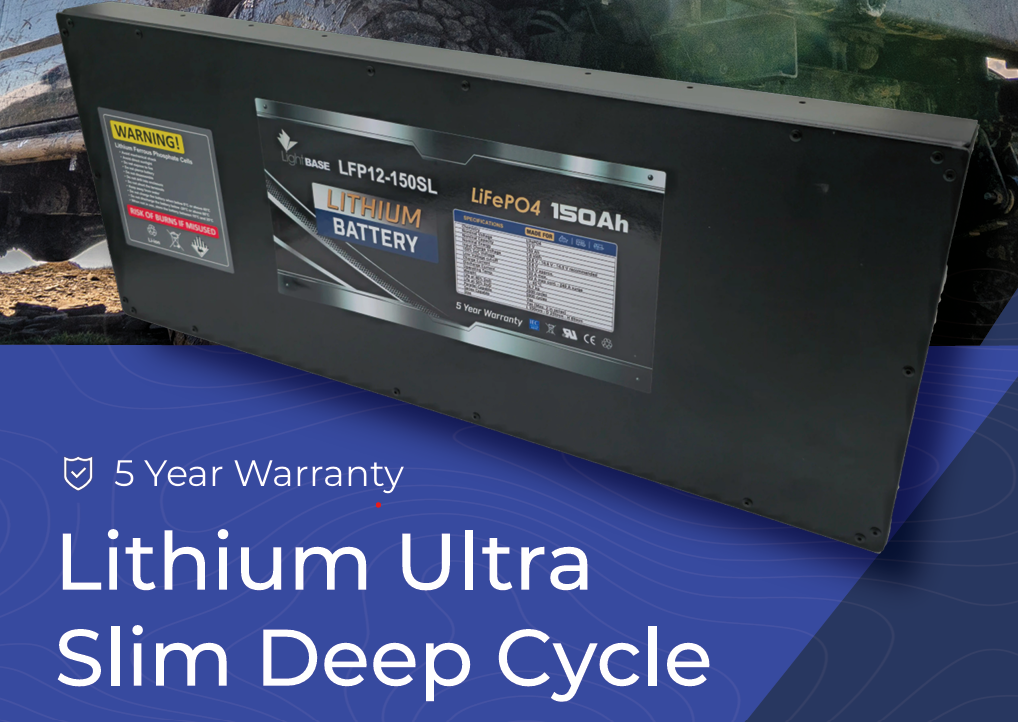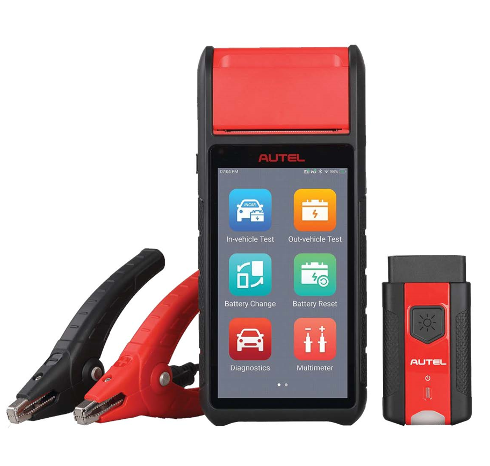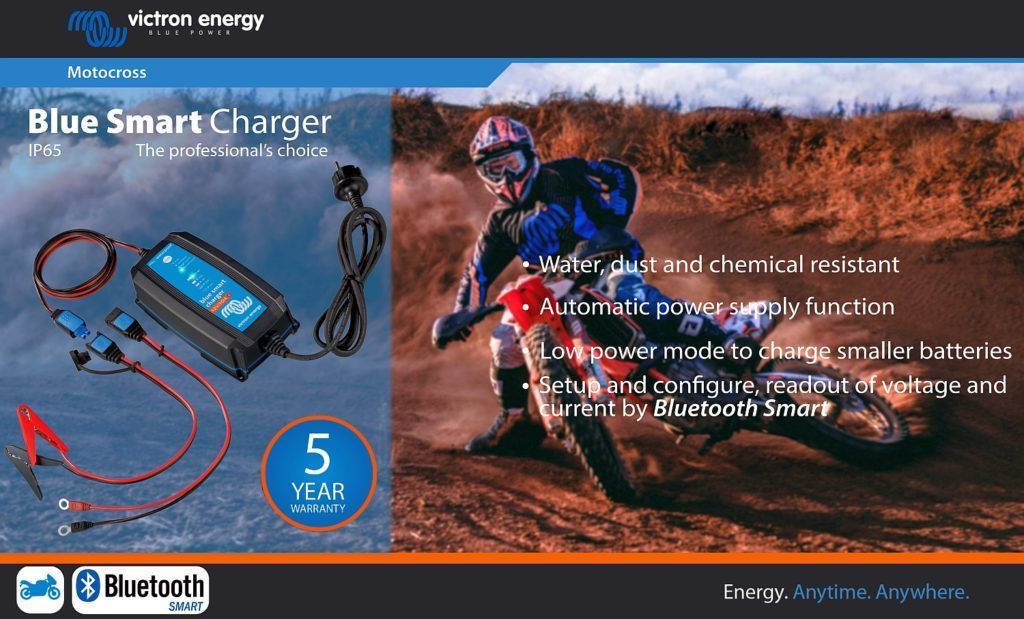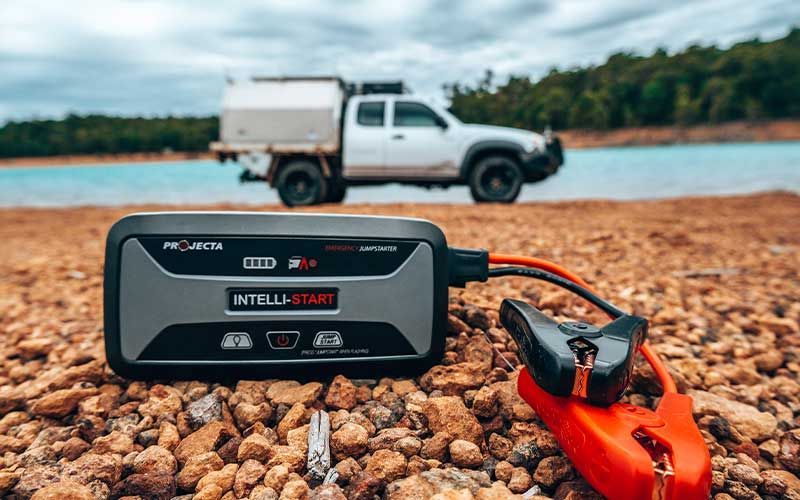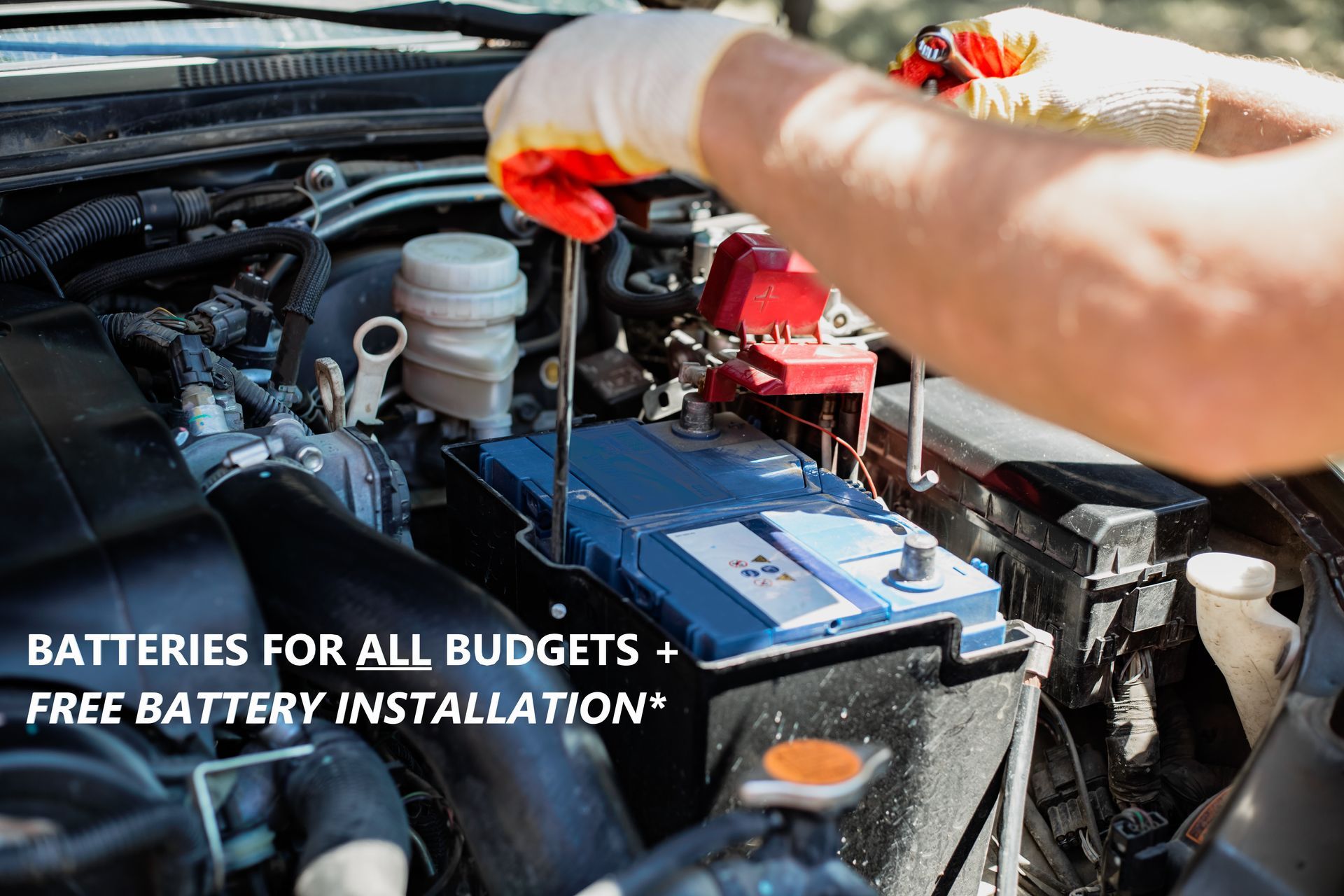How to charge a flat car battery
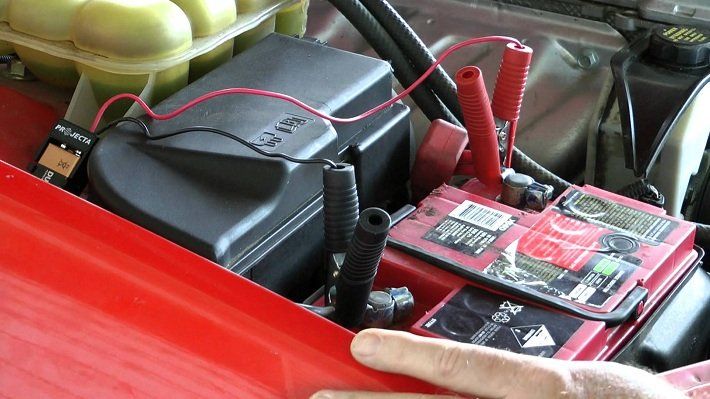
Firstly, you need to have the correct charger for your particular battery. Check the car owners manual for information, ask your car dealer or local battery specialist (like us). Read the charger manual and make sure you understand how the charger works and what precautions are necessary as they are all subtly different. Pay close attention to all the warnings such as charging in a clean non-flammable area away from other hazards.
Remove both battery cables from the battery terminals by firstly the negative (black) cable followed by the positive (red) cable. Check that the charger is not plugged in to an electric outlet and that the power switch is off. Connect the chargers positive cable (normally red) to the positive (+) battery terminal and the chargers negative cable (normally black) to the negative (-) battery terminal.
If your charger allows it, decide whether you want to charge the battery slowly or quickly. Follow the Chargers instructions but generally, select a lower charging voltage and current for a trickle charge and a higher setting for a quicker charge. Check the charger manual for the proper settings. Normally the trickle charge process gives the best results. Select whether the charger will run for a specific amount of time or automatically shut off when the battery is charged. Not all chargers have this feature. Leave the charger and cables in one place while the battery is charging. Turn off and unplug the charger when the battery is fully charged. Disconnect the cables, starting with the negative cable, and then moving on to the positive. Test your battery using a Voltmeter and check the charge has ben successful. If the test result if not over 12.6 volts, after following the correct process, you may require a new battery. Bring your vehicle in and we can conduct further testing and replace your battery if required.
